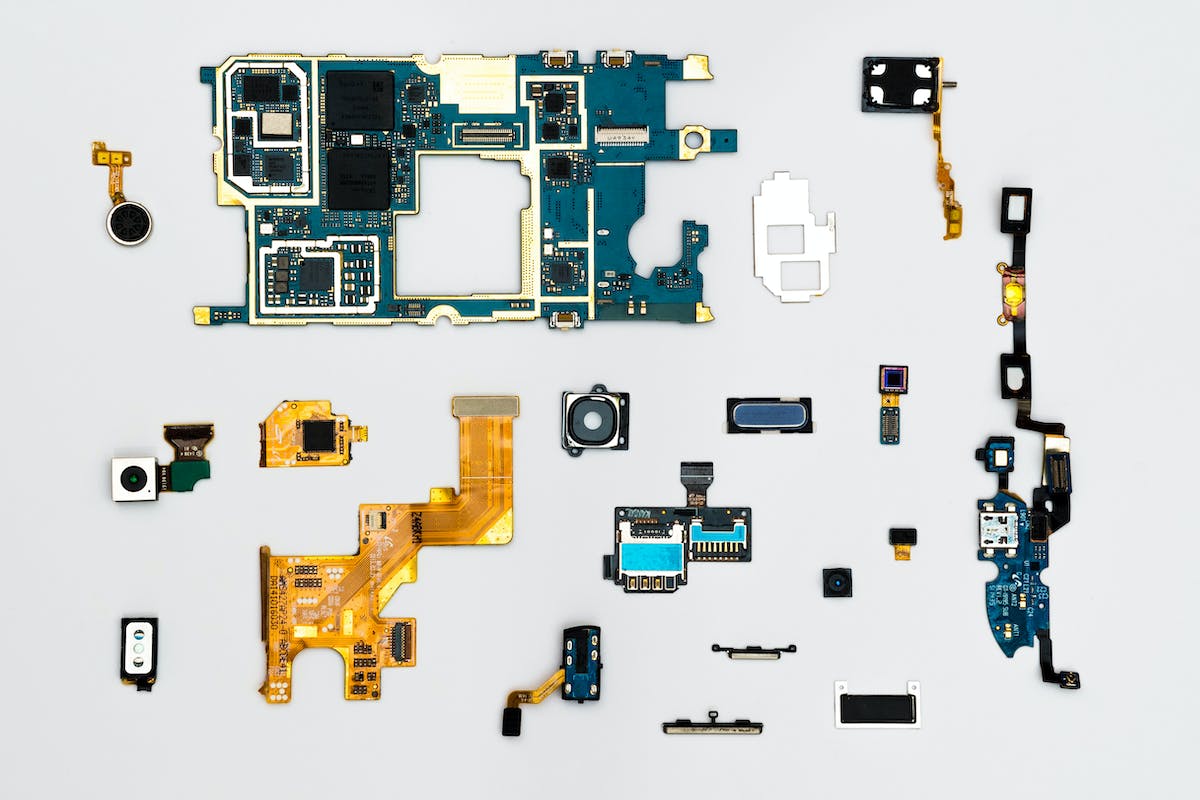In this article, we will delve into the world of IoT connectivity and shed light on the vital role played by electronic components. Continue reading →
In today’s digitally interconnected world, the Internet of Things (IoT) has become an integral part of our lives. From smart thermostats that adjust the temperature of our homes to wearable fitness trackers that monitor our health, IoT devices have permeated various aspects of our daily routines. However, beneath the sleek exteriors of these gadgets lies a complex web of electronic components that enable them to function seamlessly. In this article, we will delve into the world of IoT connectivity and shed light on the vital role played by electronic components.


Before we dive into the role of electronic components, let’s briefly understand what IoT connectivity means. The Internet of Things refers to the network of physical objects, devices, vehicles, and other items embedded with sensors, software, and network connectivity, enabling them to collect and exchange data. This network is what enables your smartphone to communicate with your smart refrigerator or your fitness tracker to sync data with a cloud server.
Here are the key electronic components that power IoT devices:
Electronic components are the building blocks of IoT devices. These components are responsible for processing, transmitting, and receiving data, making them the heart and soul of any IoT system. If you’re looking to build your own IoT device, Kunkune might have the components you need.
Electronic components work in harmony to ensure seamless IoT connectivity. Let’s explore their role in greater detail:
In conclusion, electronic components are the unsung heroes behind the IoT revolution. They provide the necessary intelligence, connectivity, and data management that make IoT devices so effective. Whether you are a developer looking to create the next groundbreaking IoT gadget or a consumer enjoying the convenience of smart devices, it’s essential to recognize the critical role played by electronic components in shaping the world of IoT connectivity. So, the next time you interact with your smart home or wearable device, remember the silent but indispensable contributions of these electronic marvels.
By following these best practices, you’ll choose a name that not only meets legal requirements…
With the help of mobile proxies, users can effectively solve many tasks — from bypassing…
An experienced attorney provides legal advice while also supporting you through the process. These tips…
Strategies like bankruptcy consolidation, bankruptcy administration plans, budgeting, credit counseling, and lawful help, you can…
With the evolution of Jira, going forward, the Jira consultants’ role will only grow strategically,…
Some are lightning fast, while others focus on crystal clear details or easy sharing. Whether…